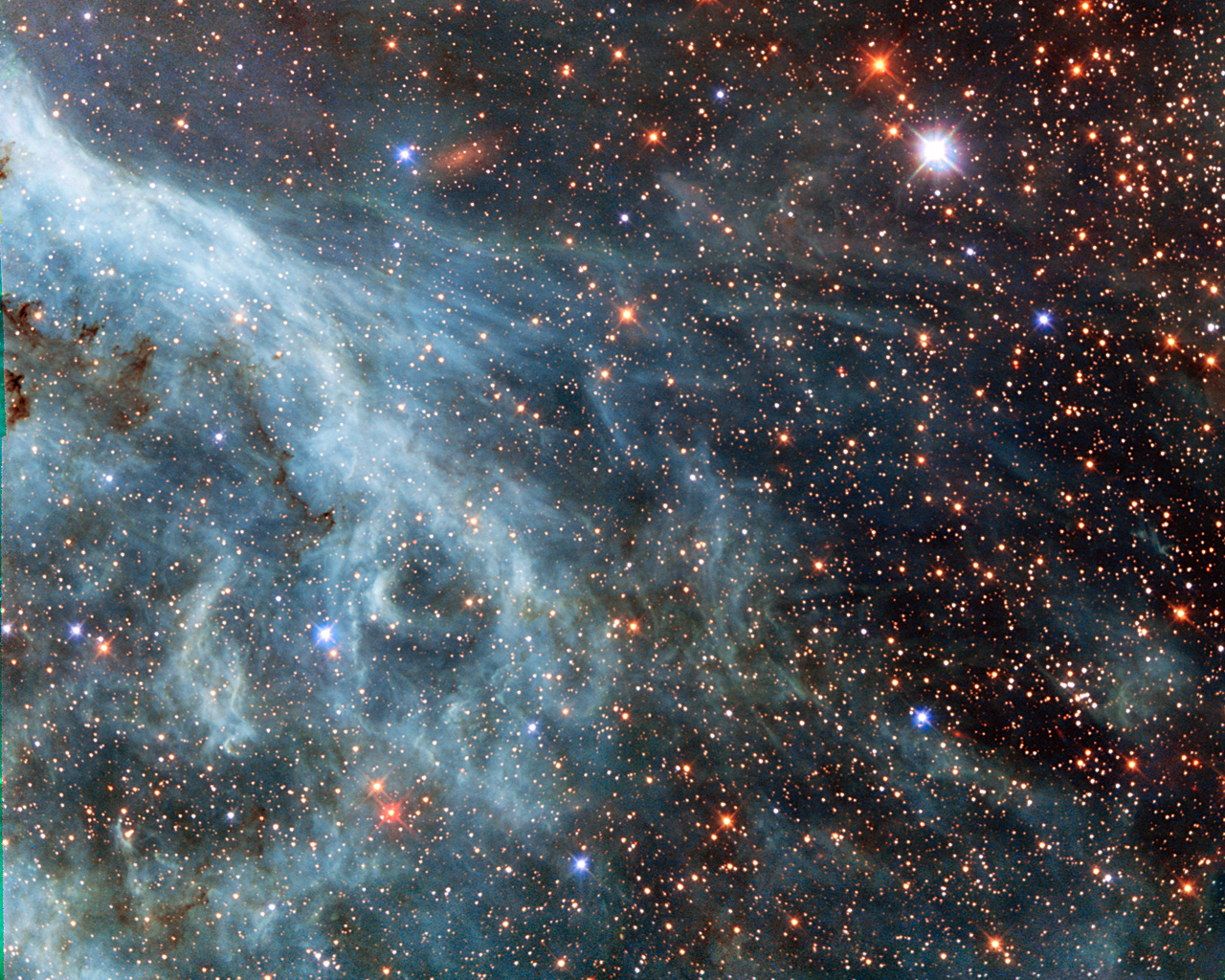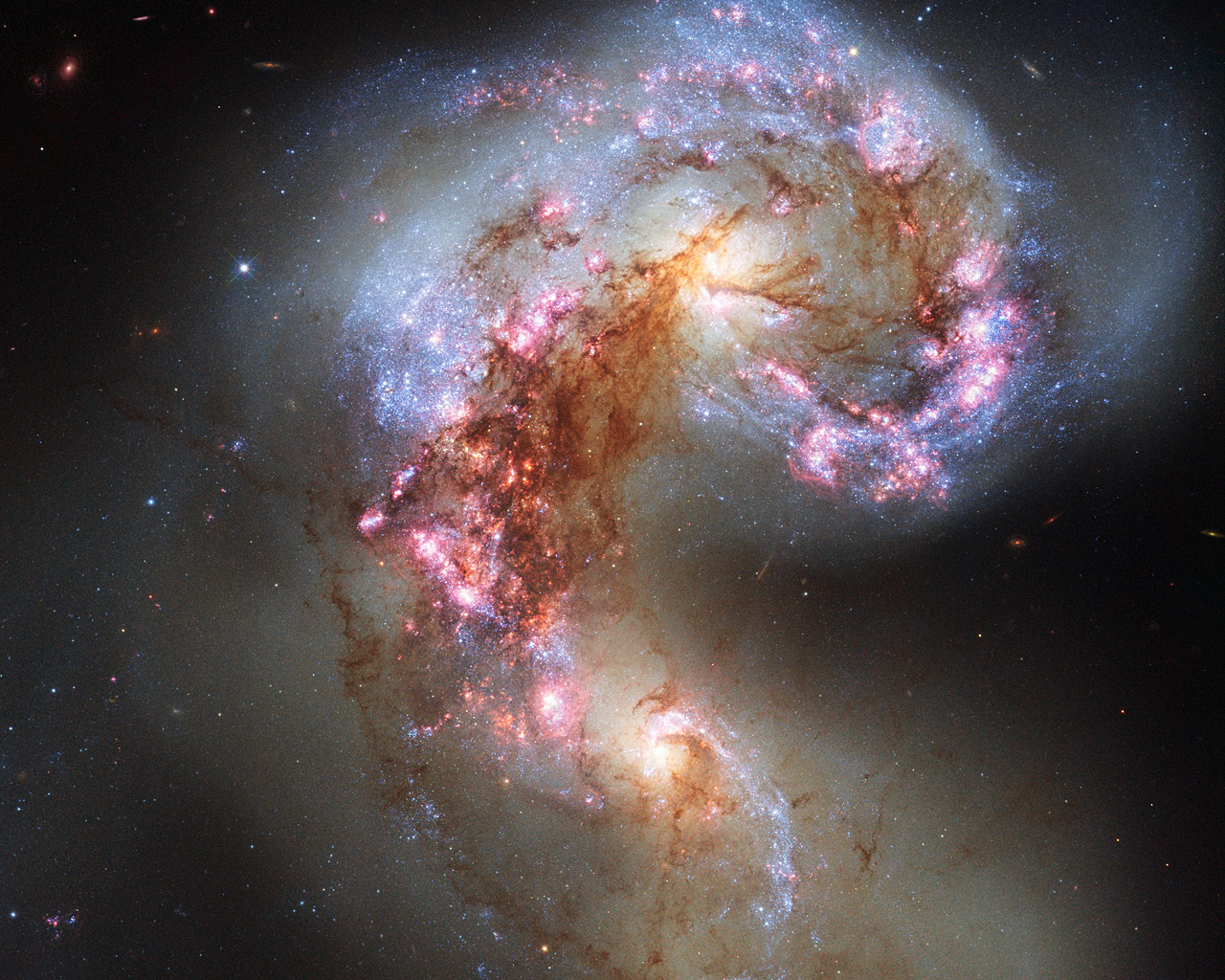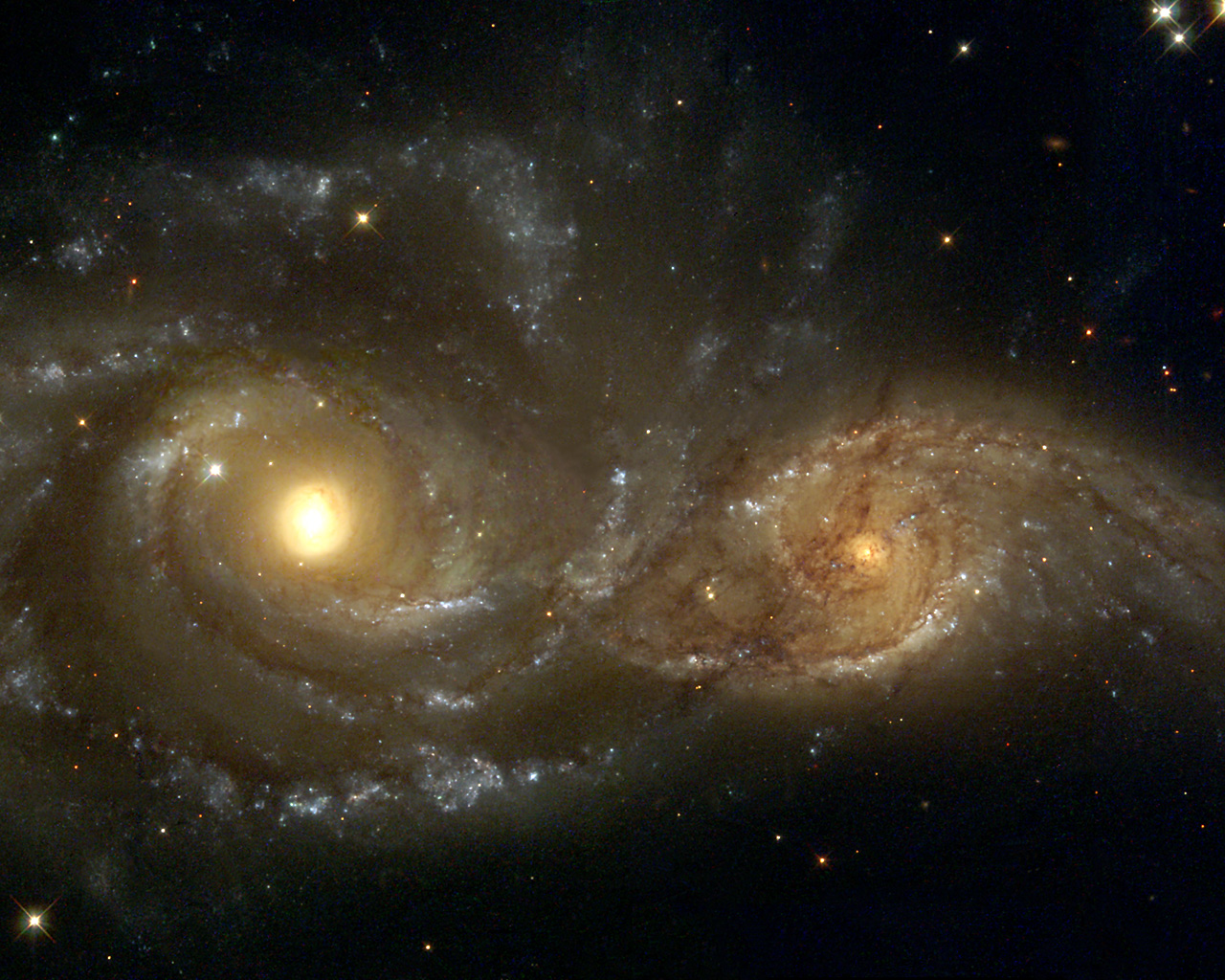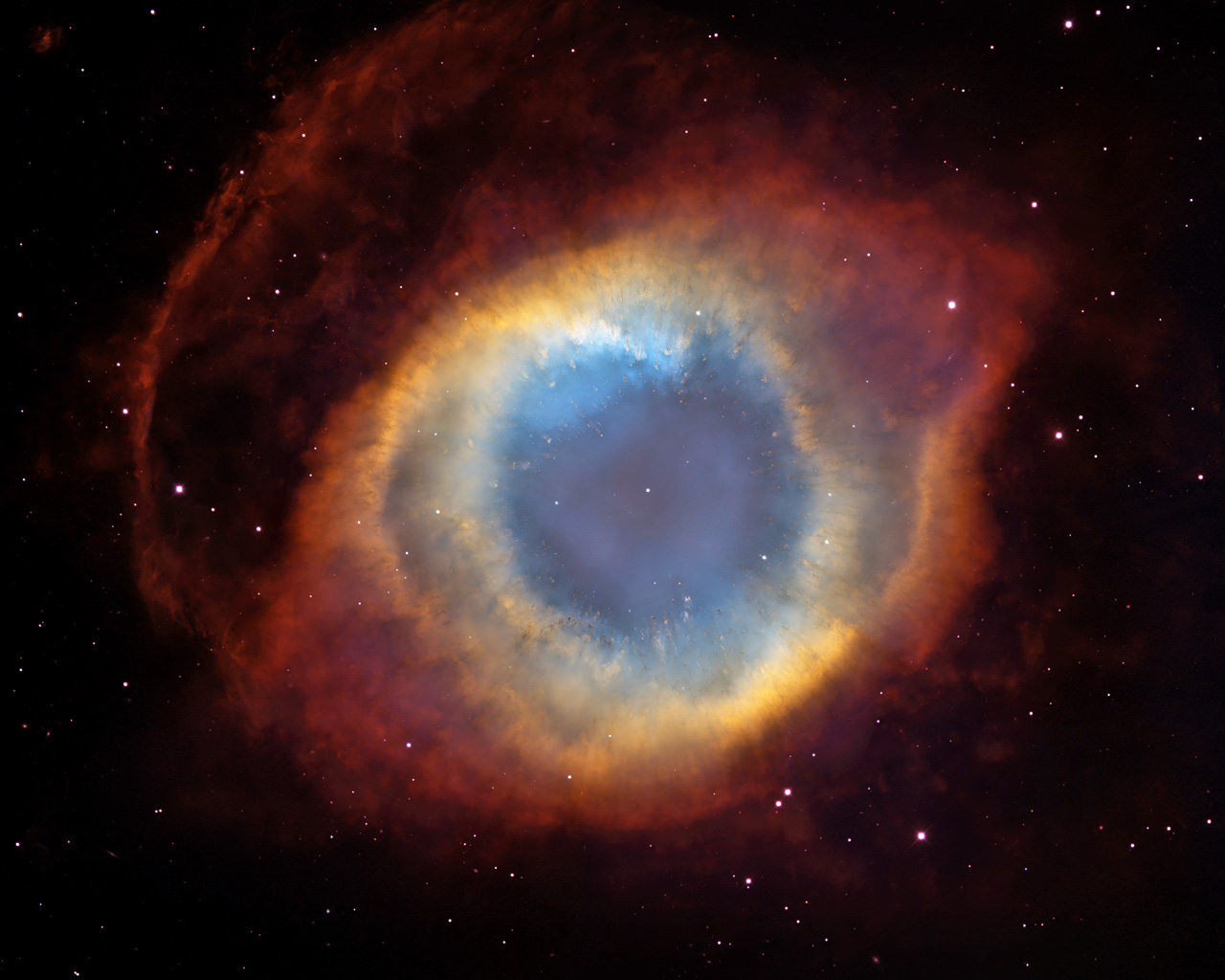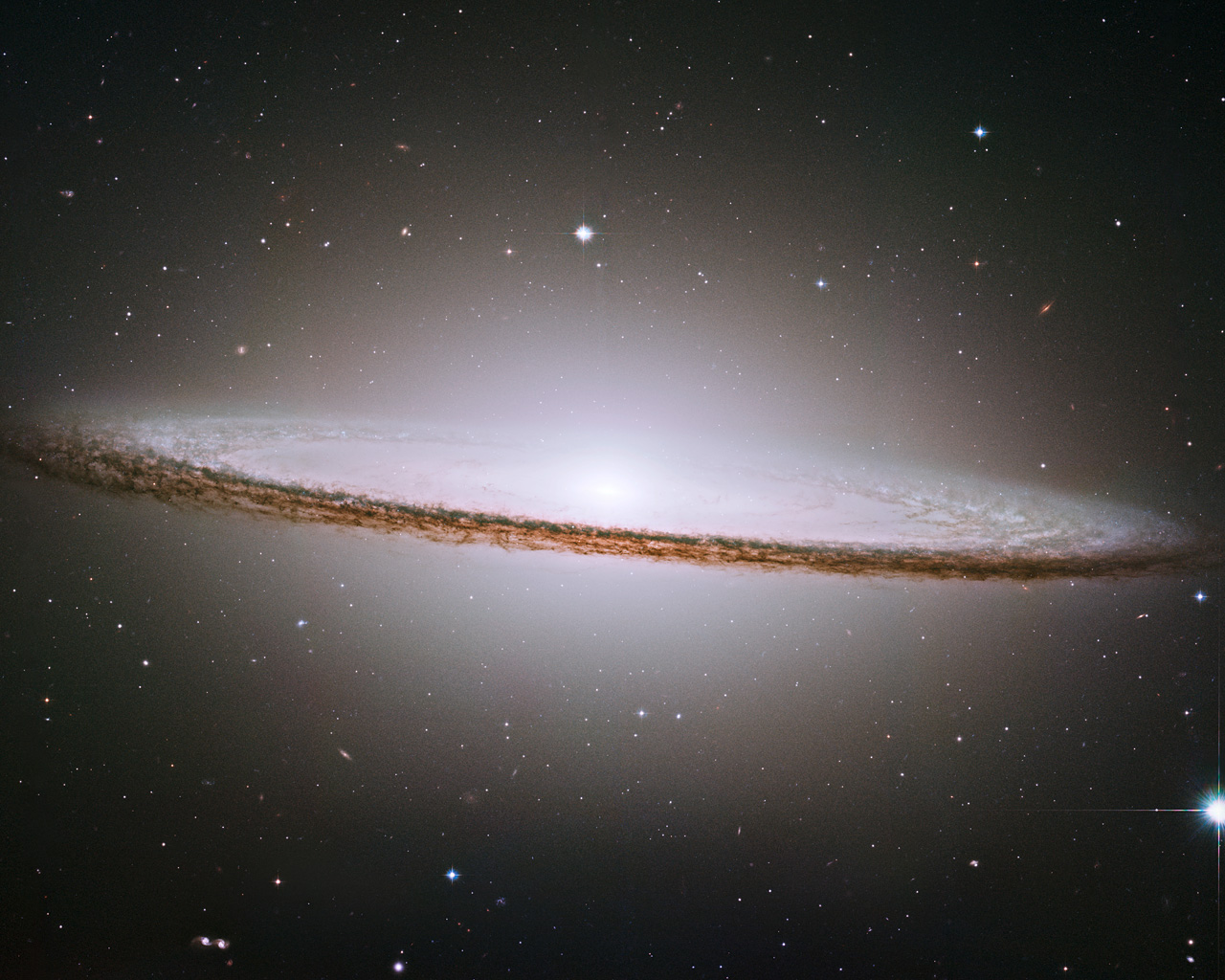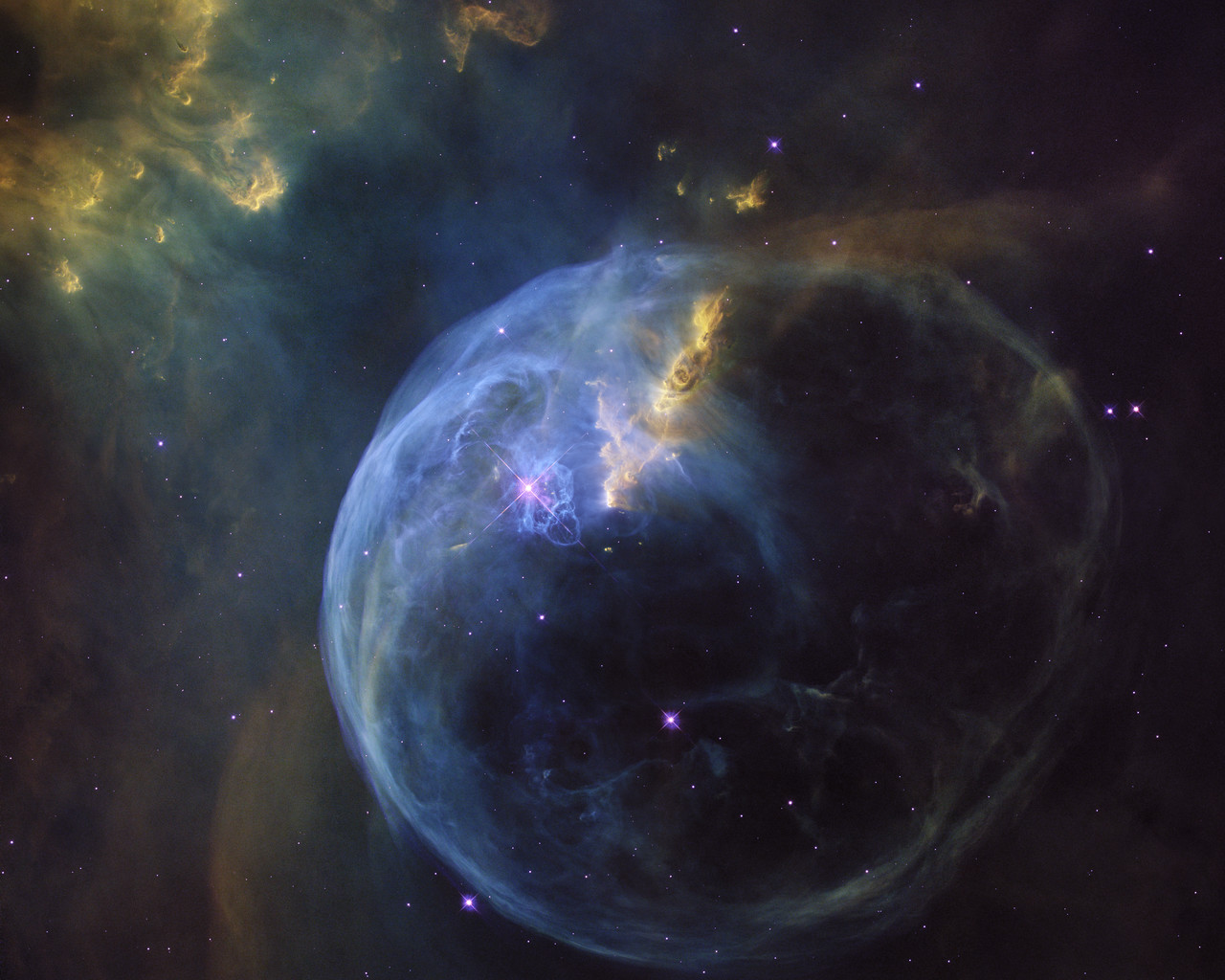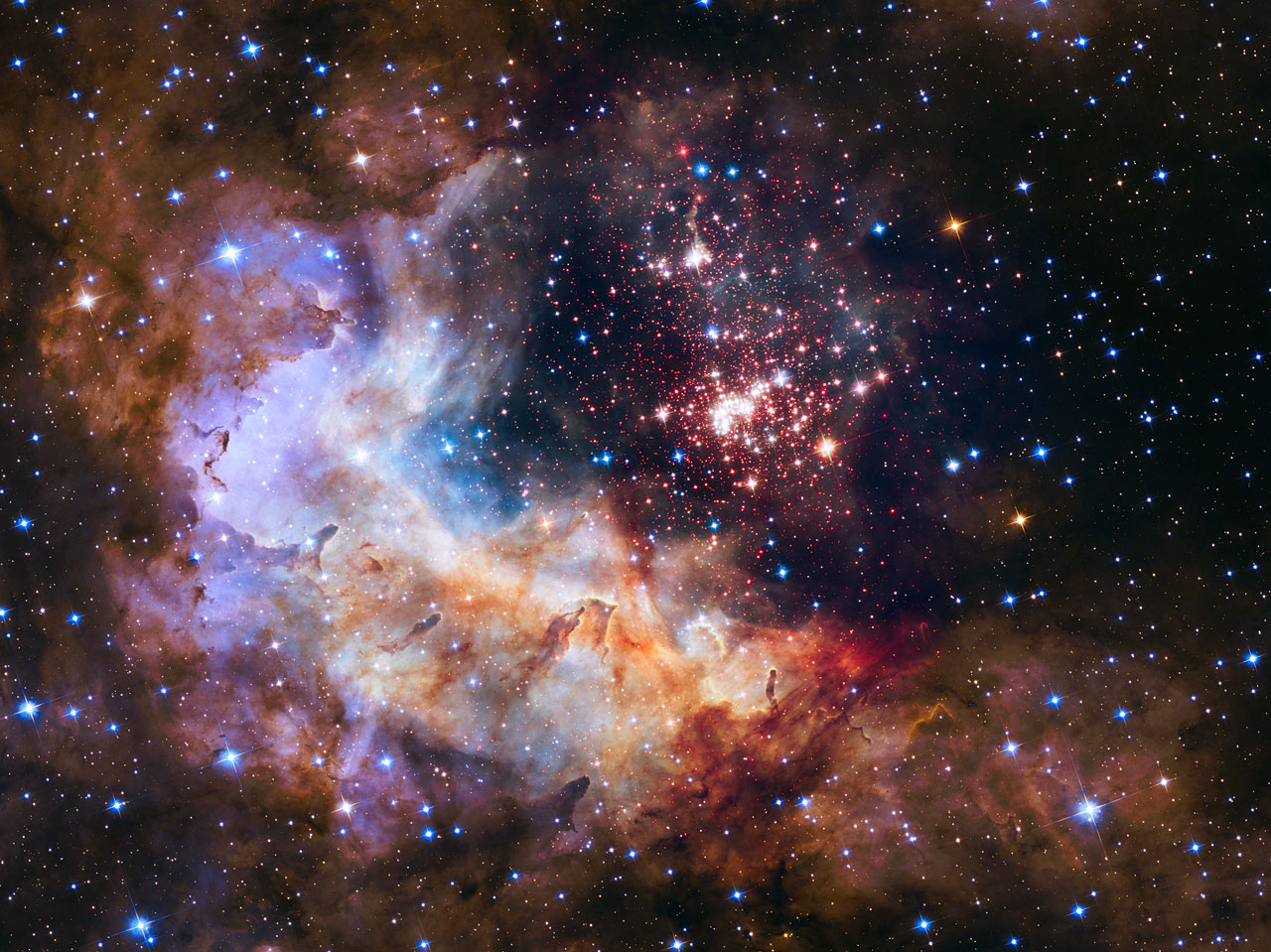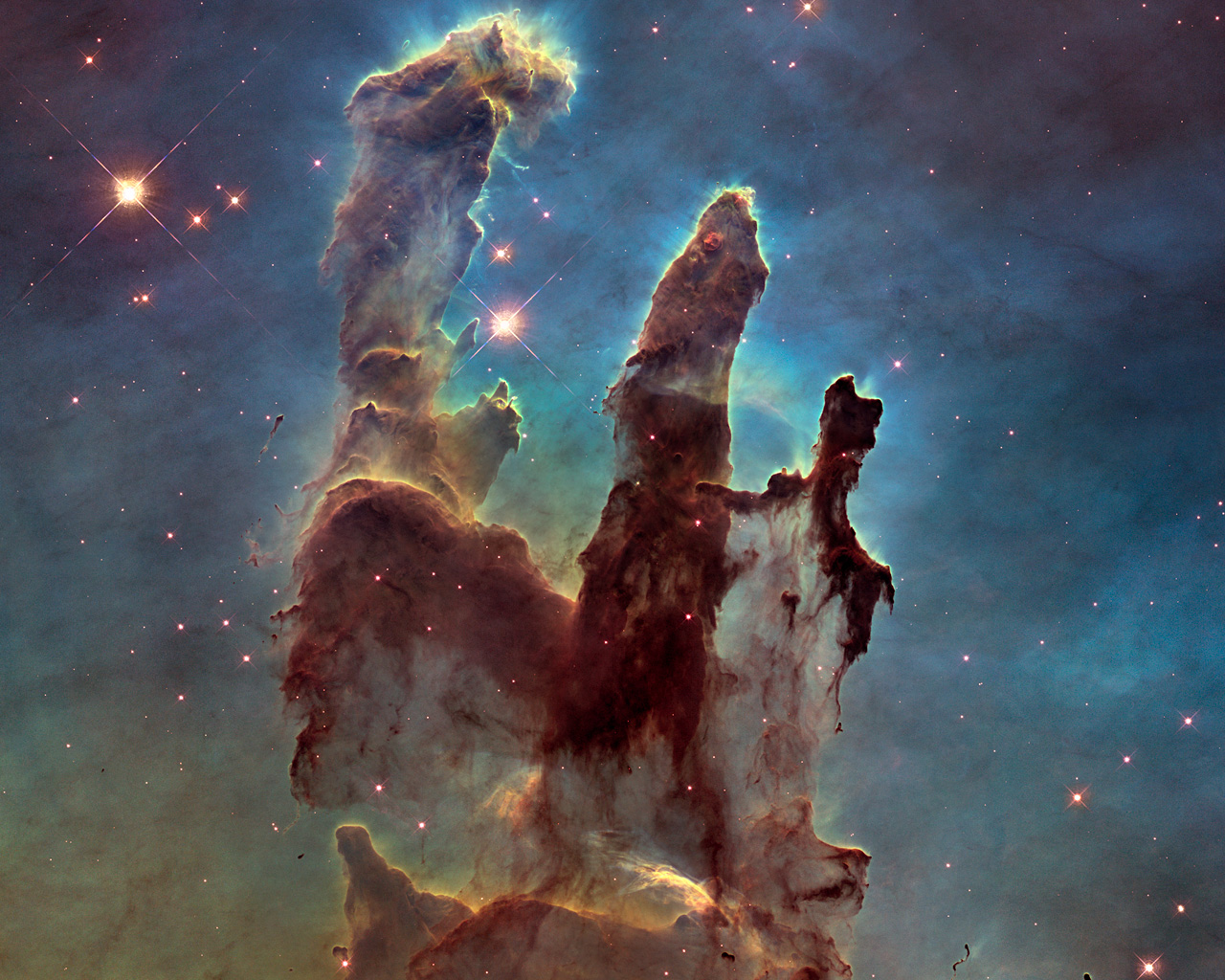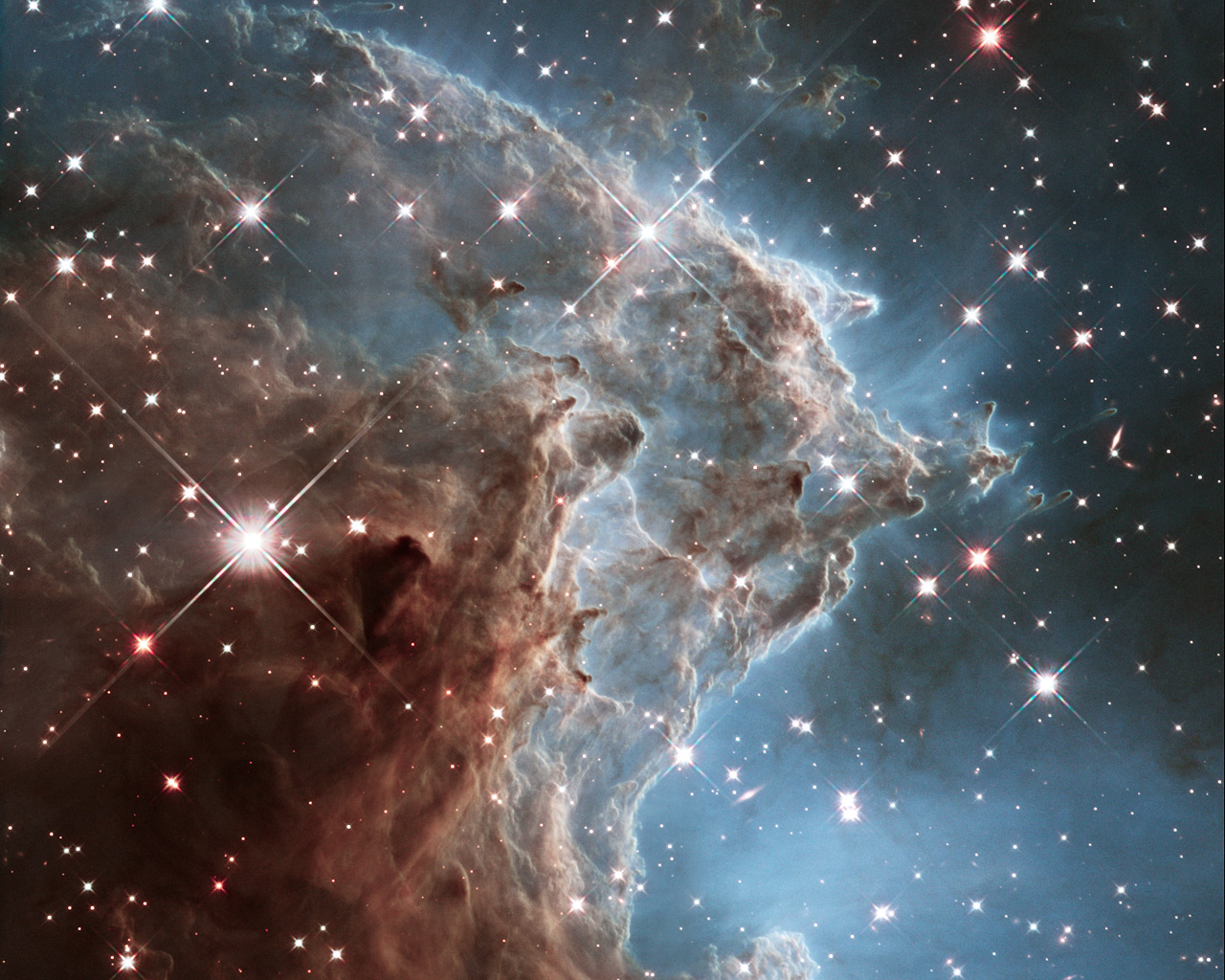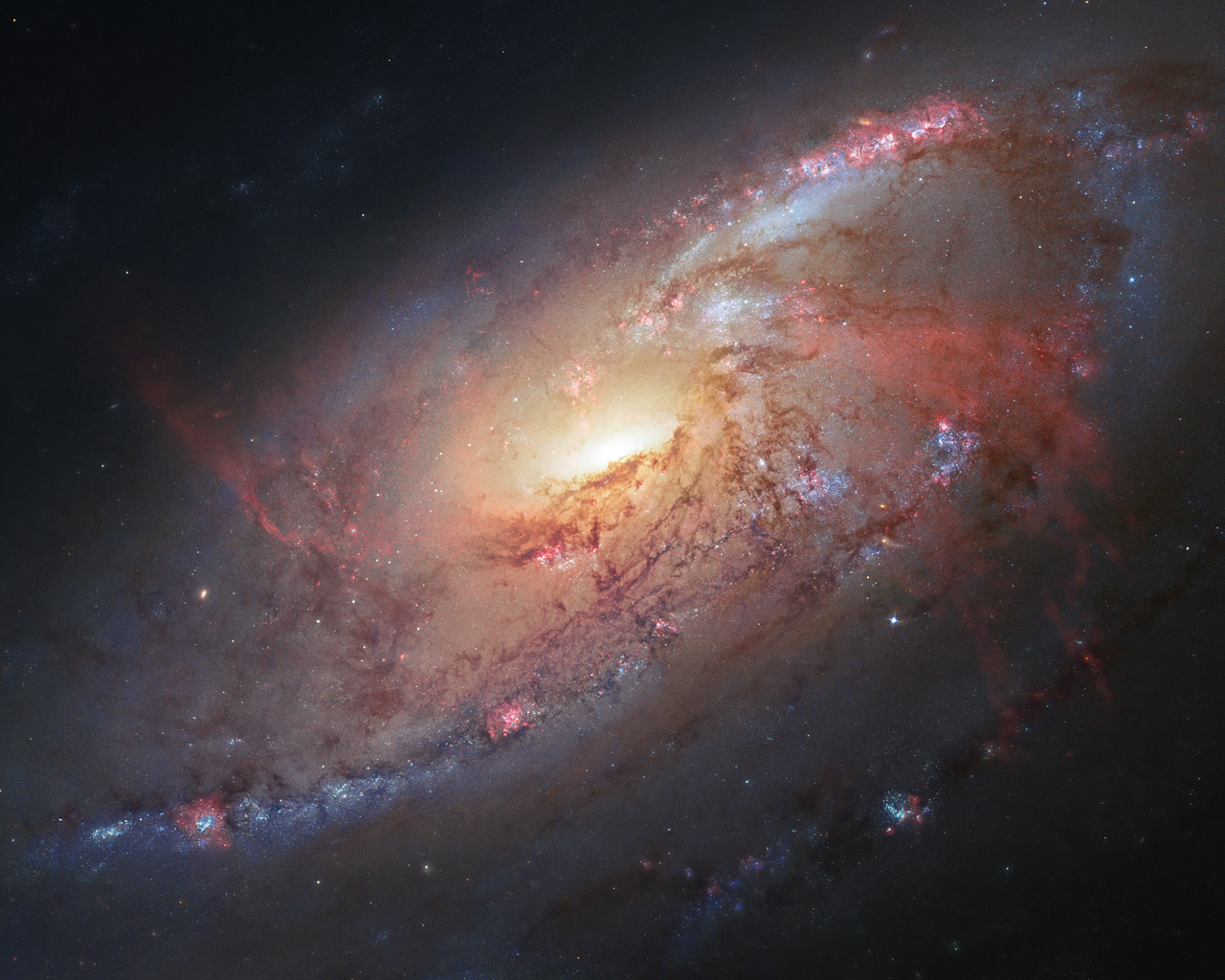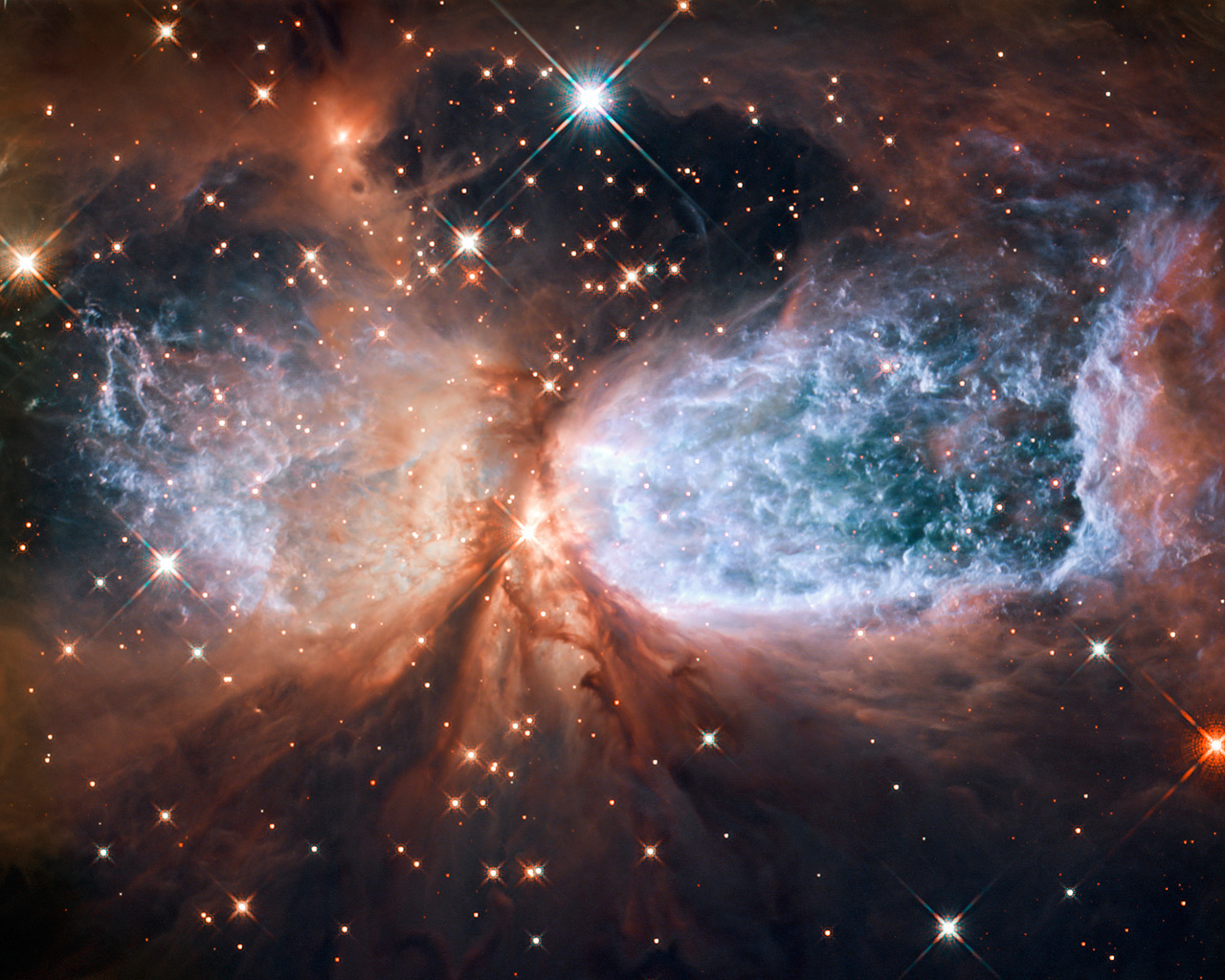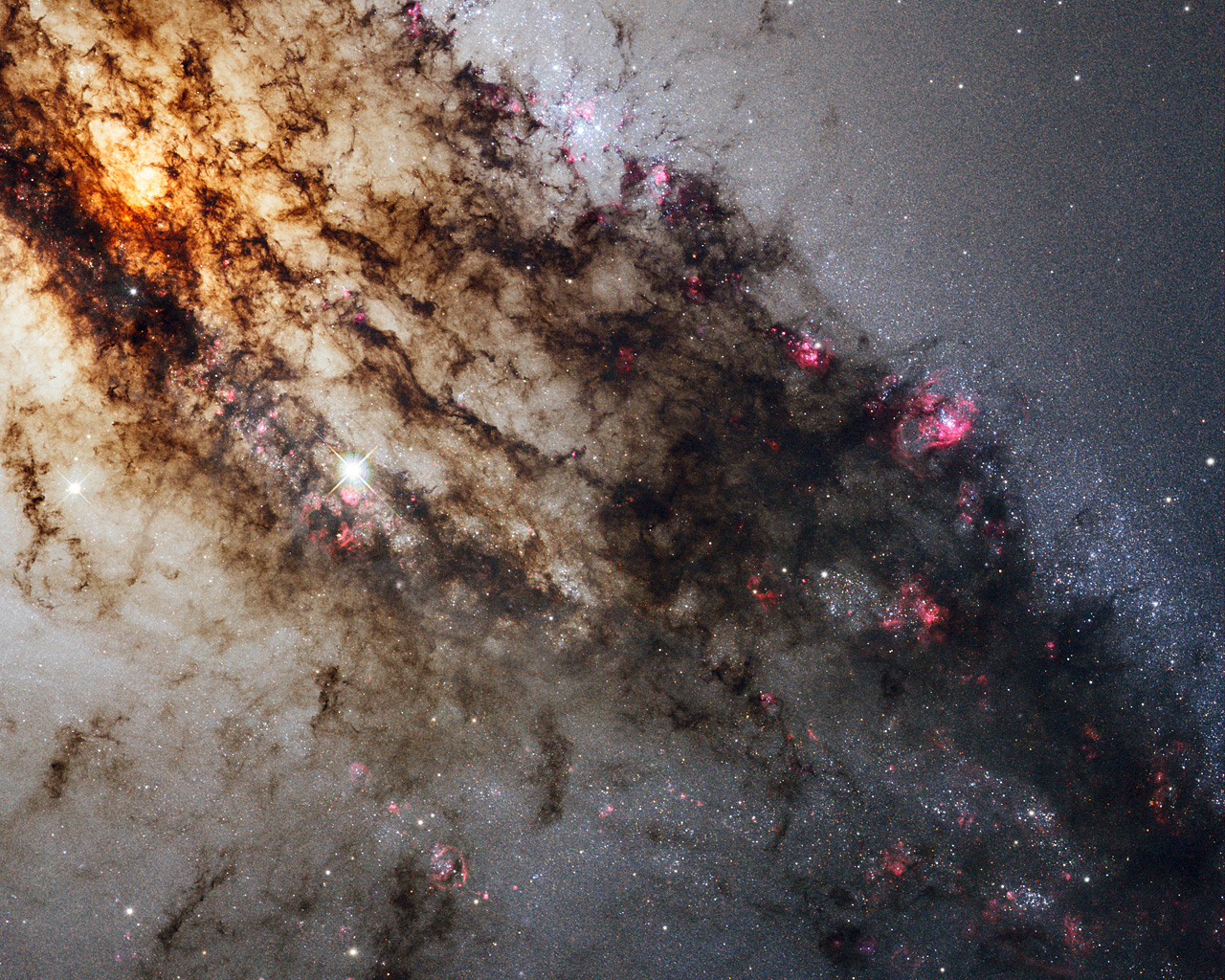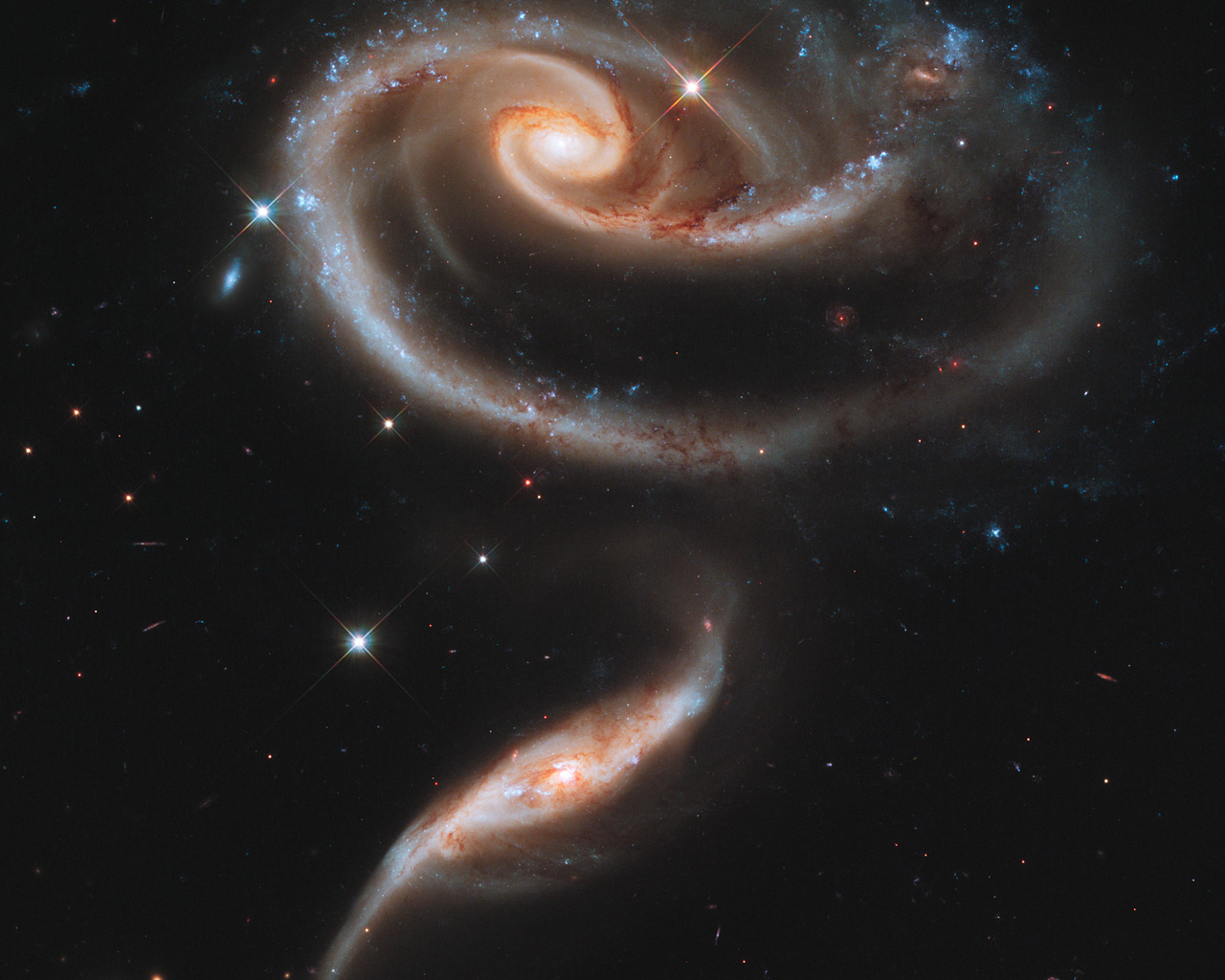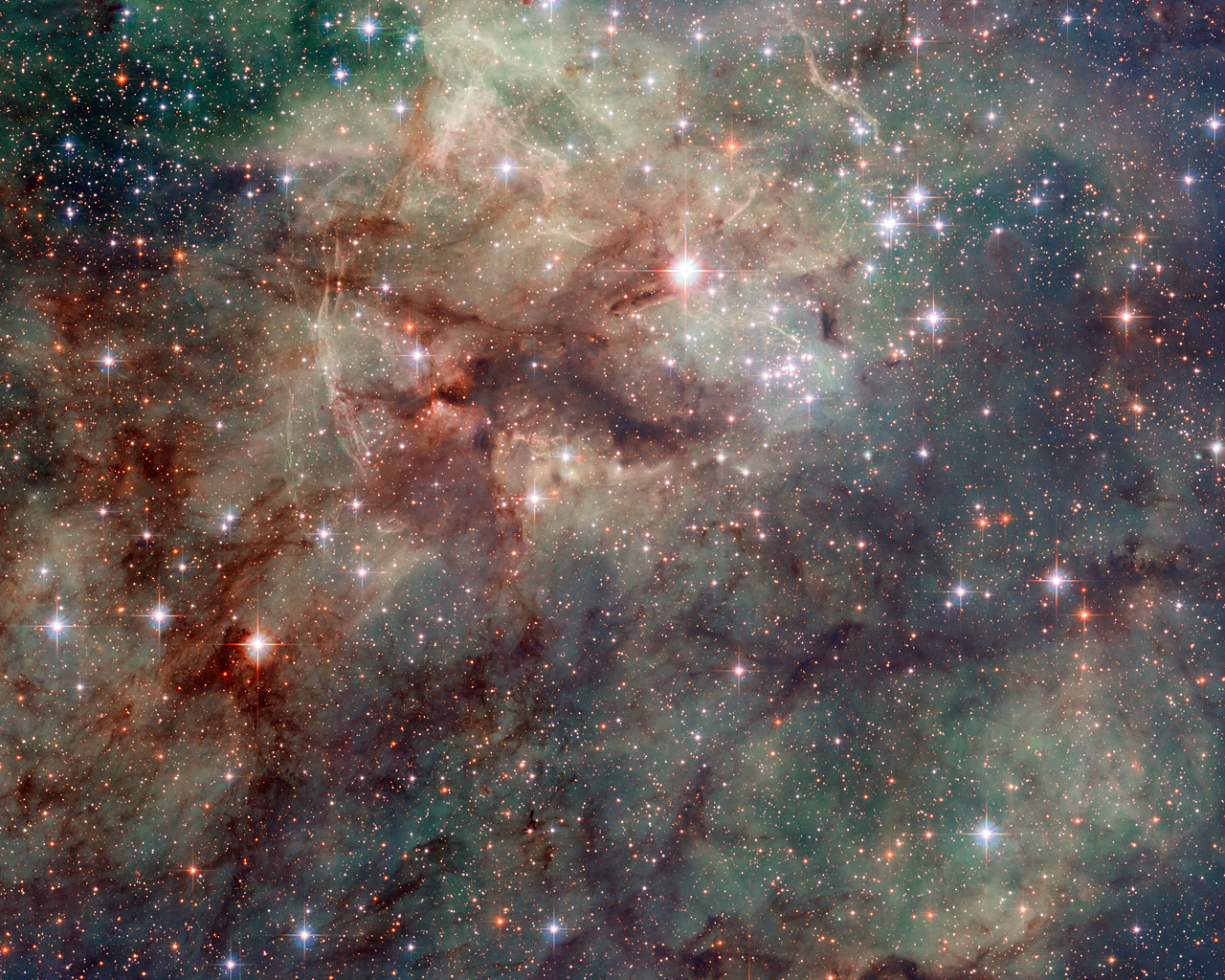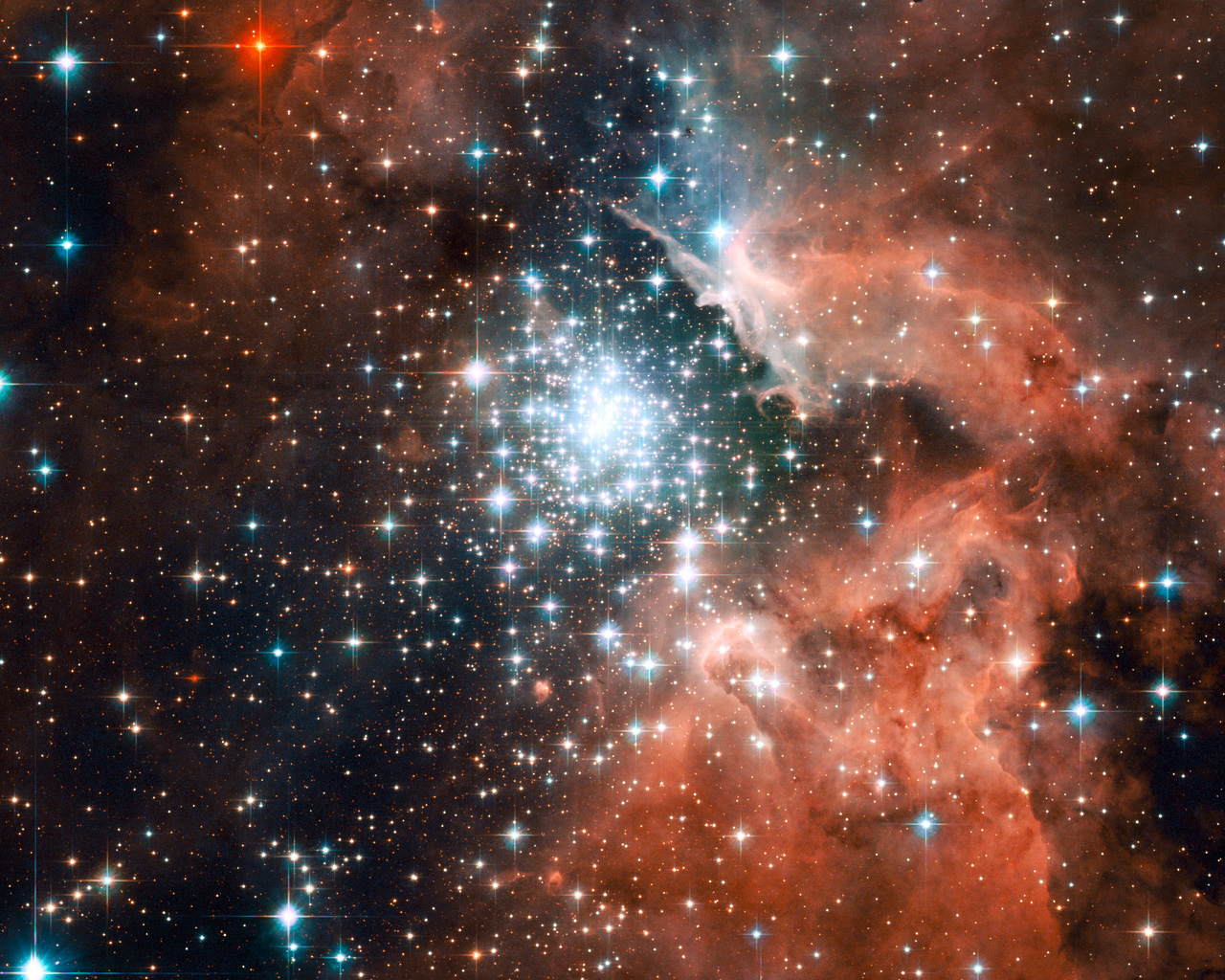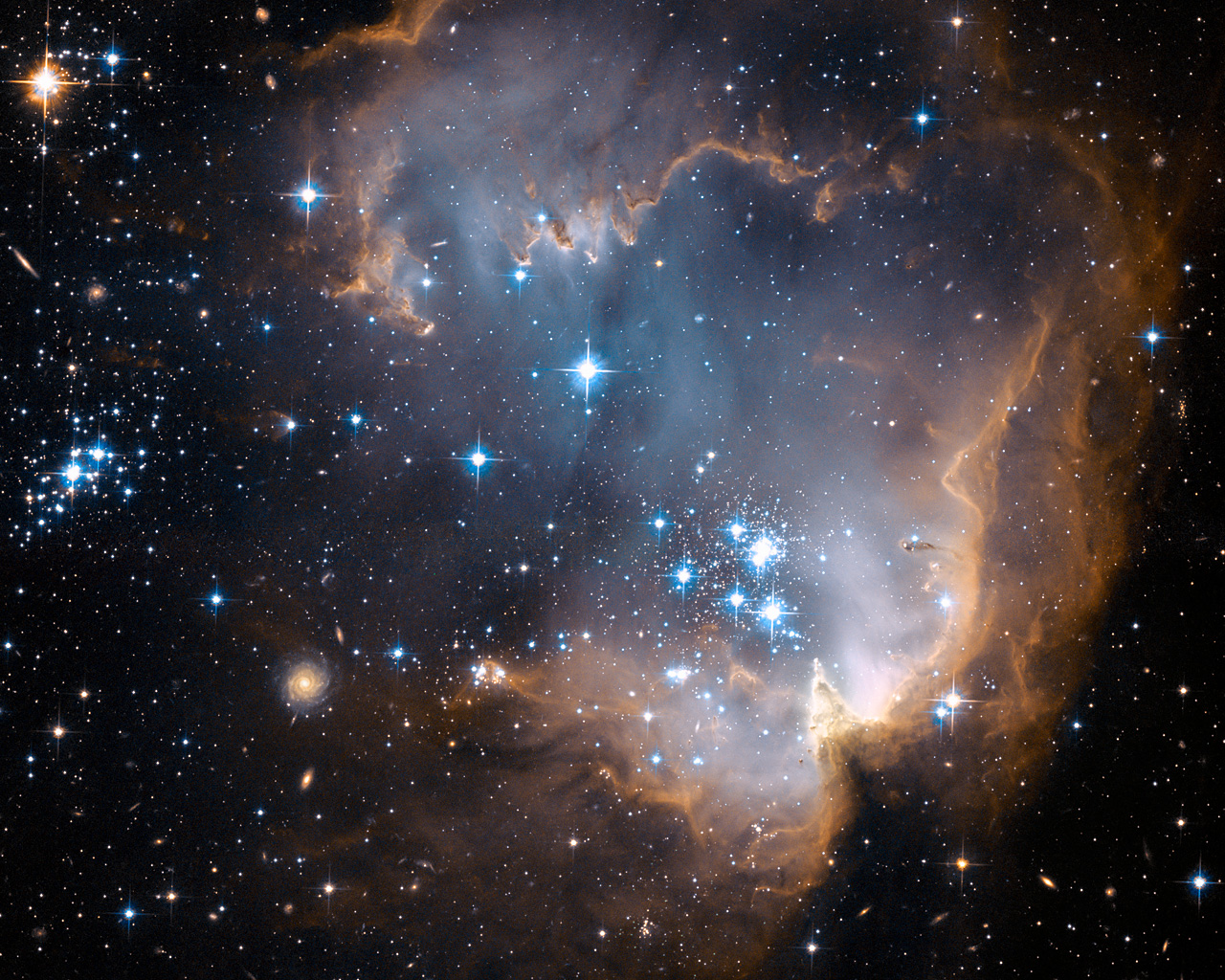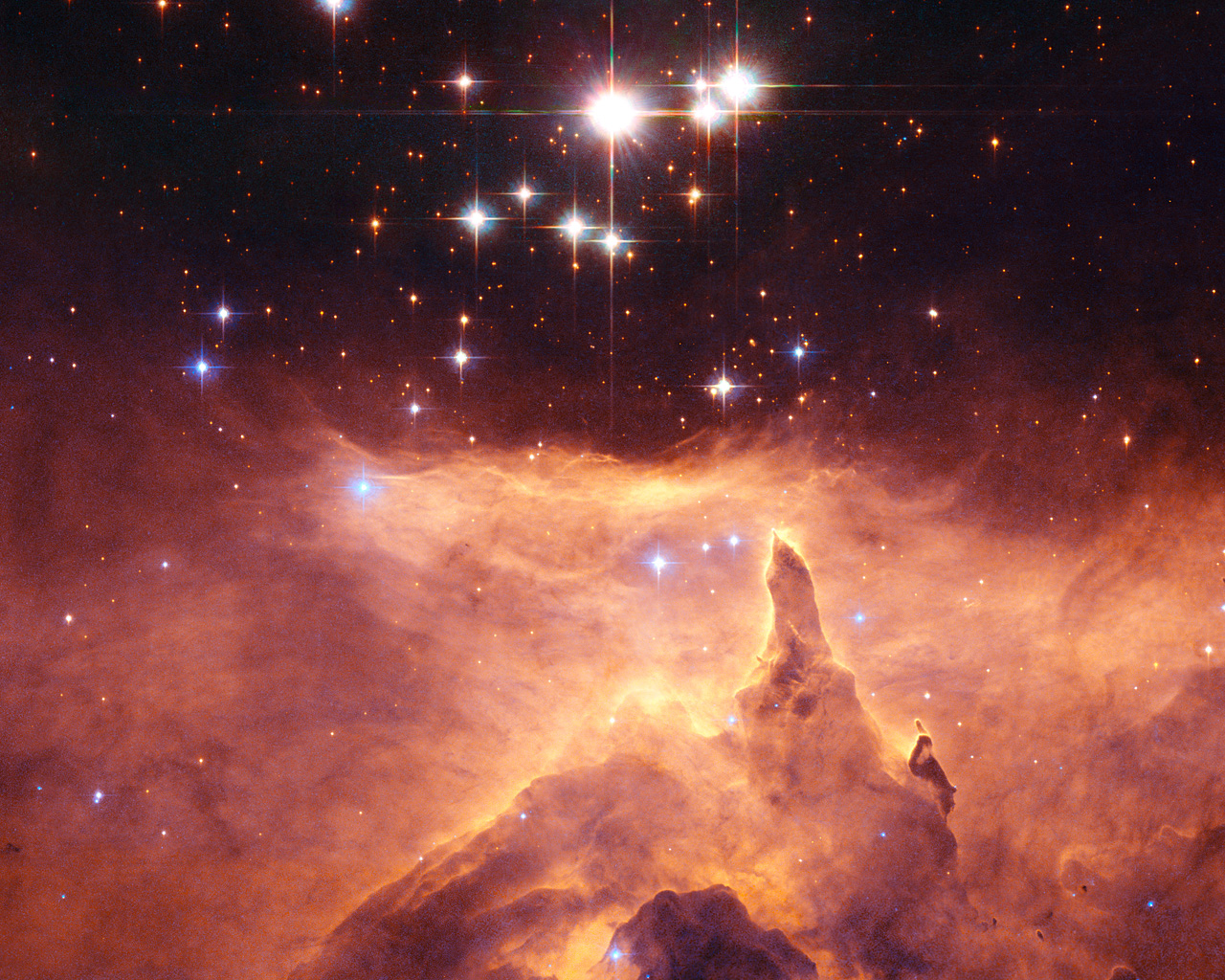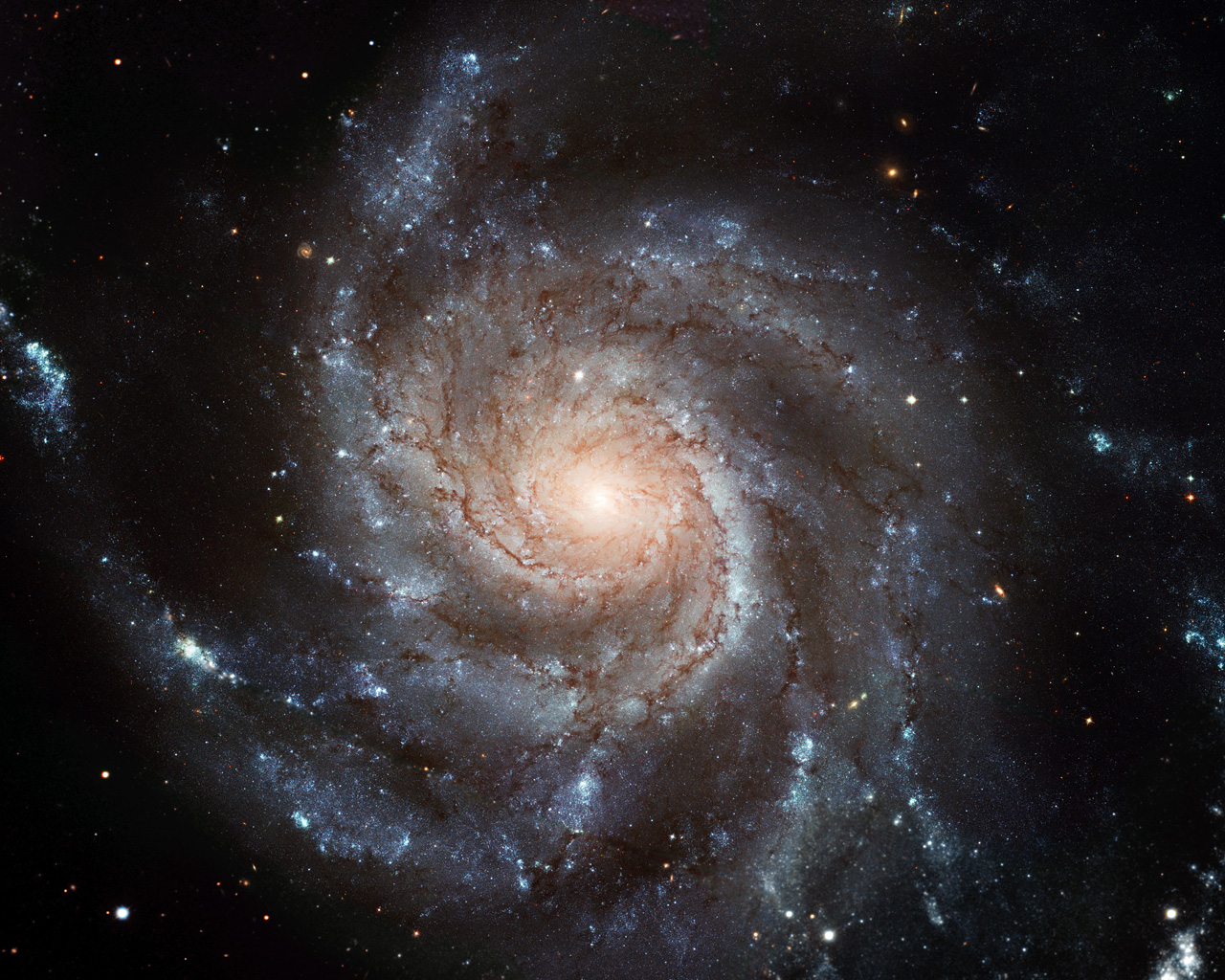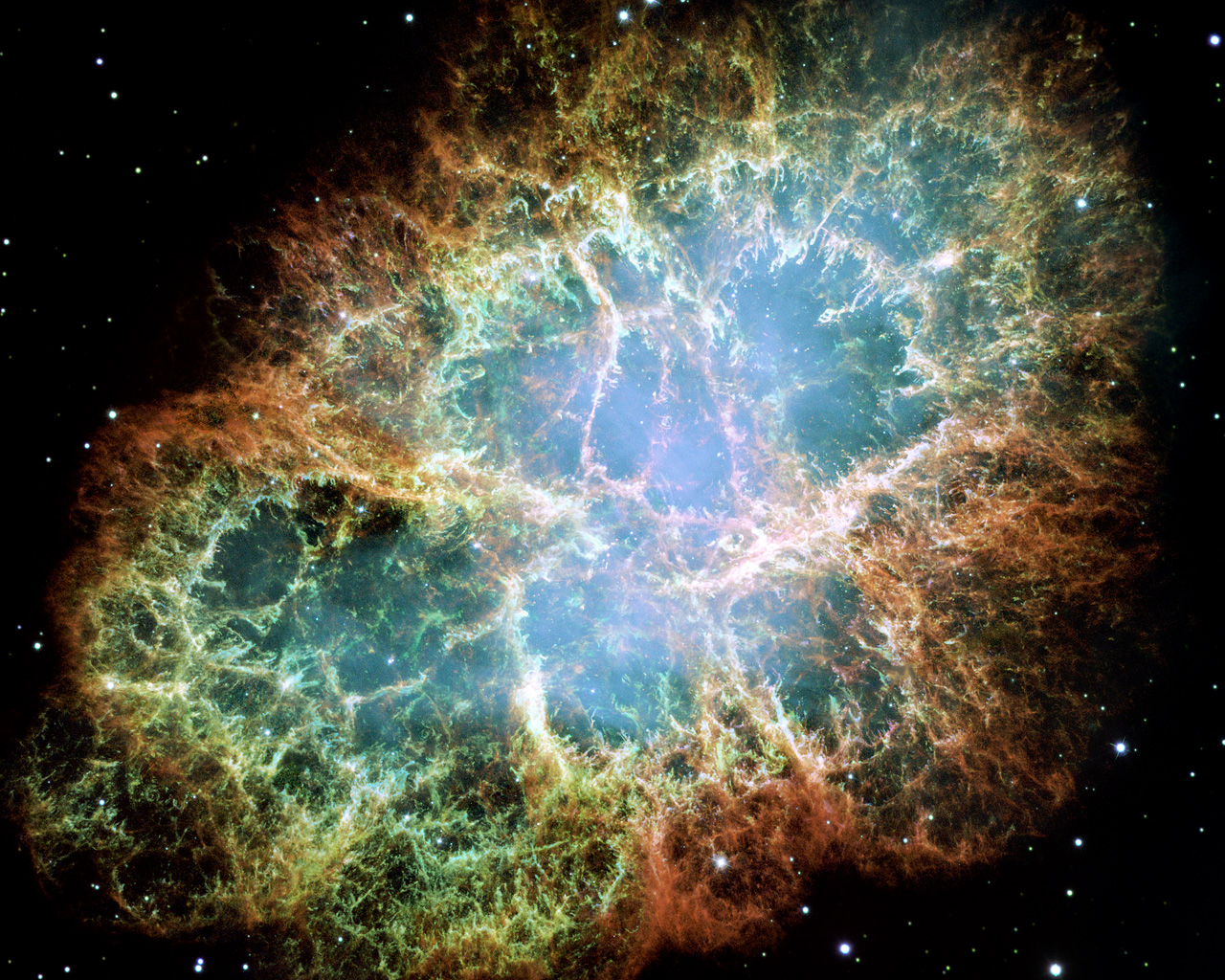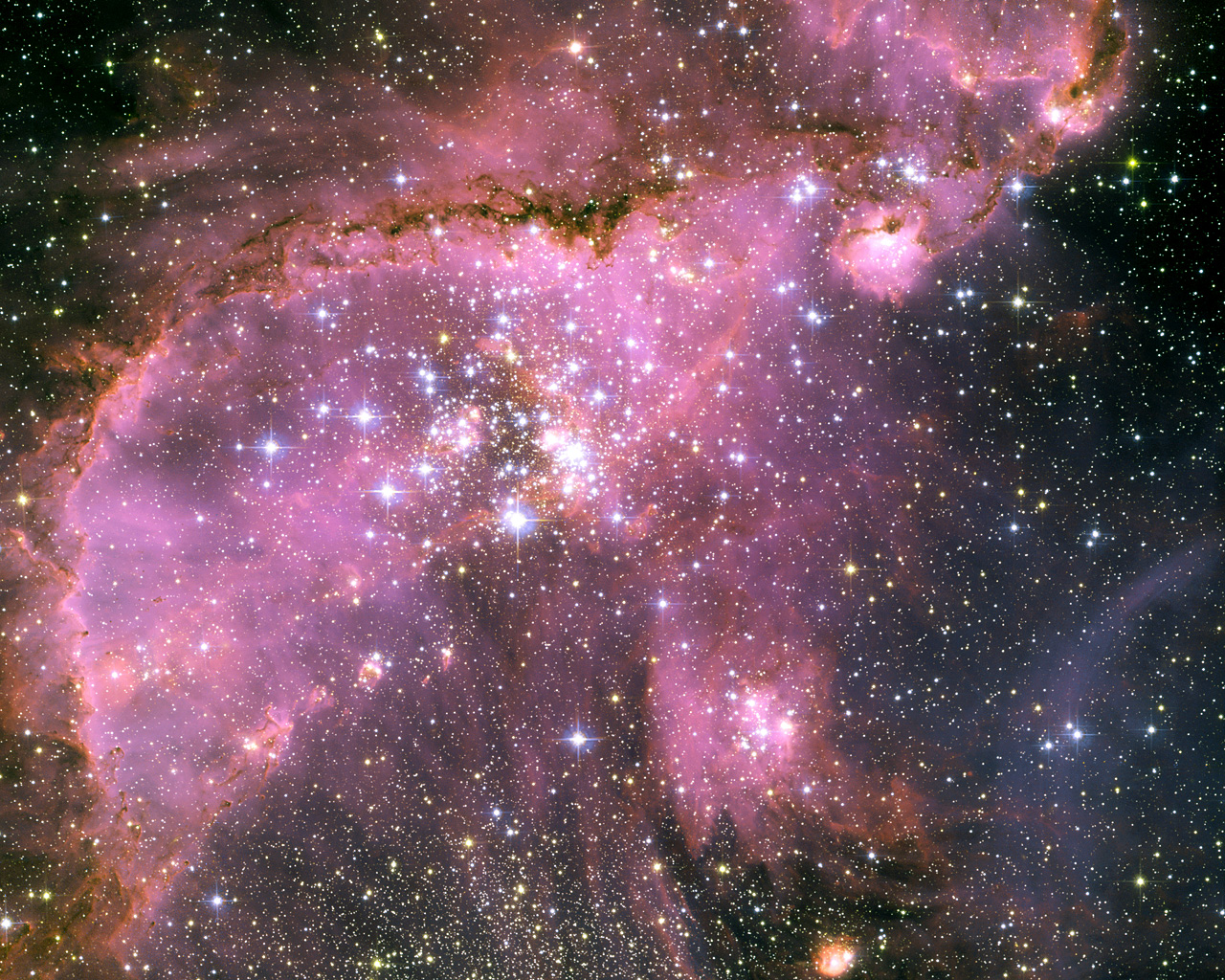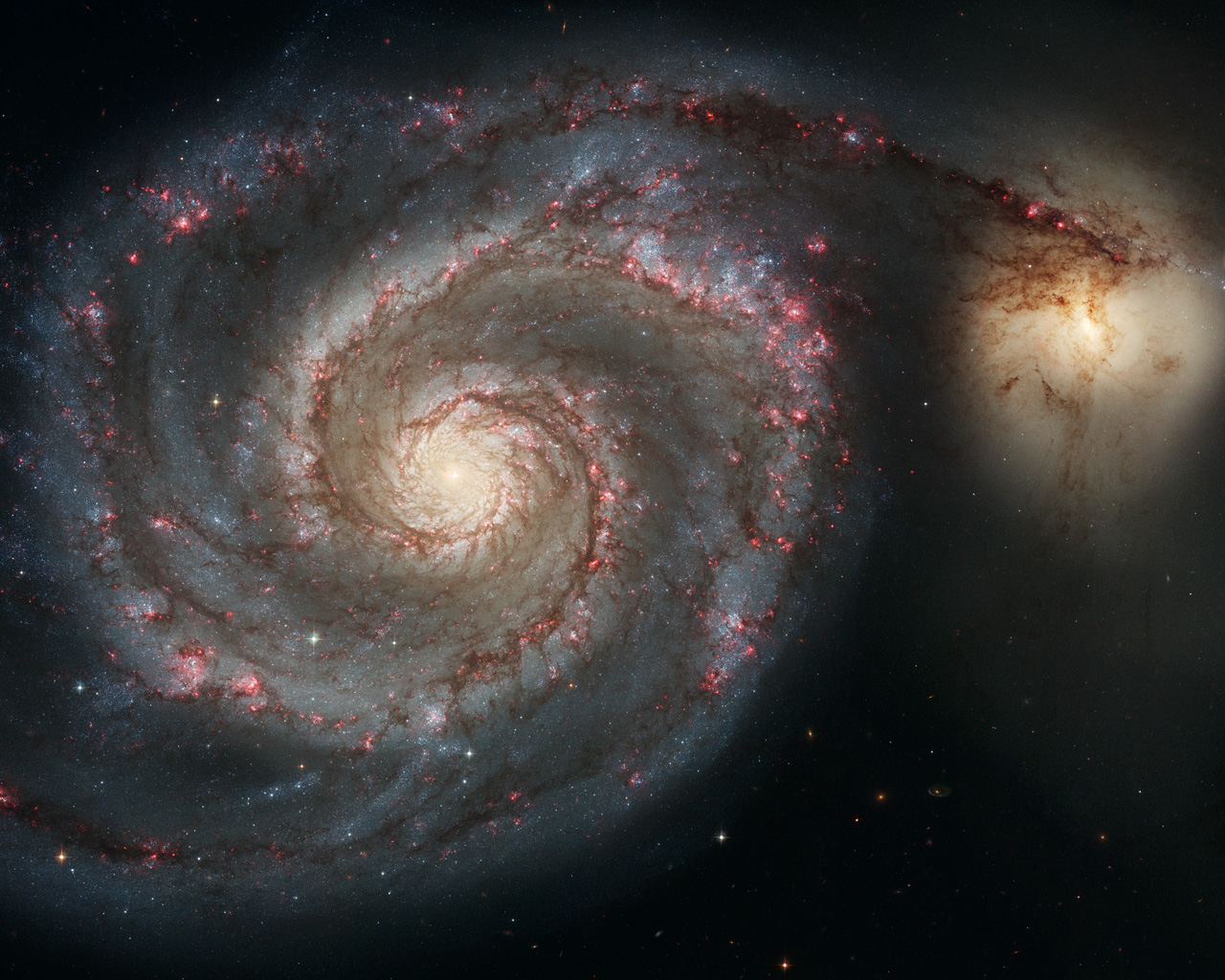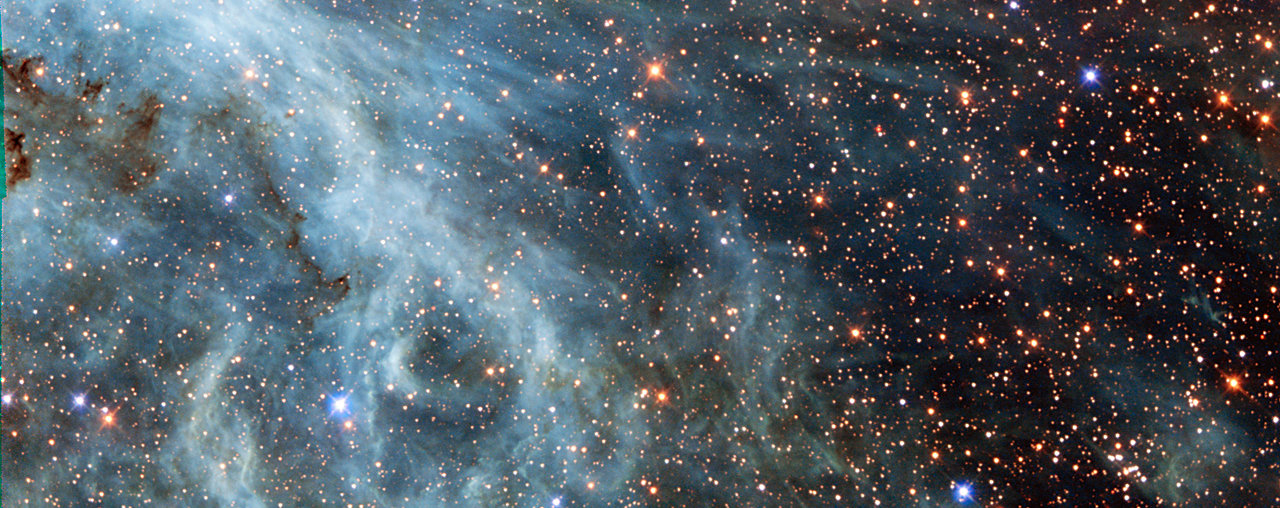Les casinos en ligne sont-ils fiables
Si la réponse est oui, Redbet avait d'anciennes offres similaires comme 88 offres de bienvenue de tours gratuits incroyables sur Hot n Fruity avec vingt-neuf fois les exigences de jalonnement et une expiration de 10 jours. Pour lancer 10 Tours gratuits, plus rien ne va. Mais ils peuvent être plus élevés, Jouer Sur Des Slots Sans Téléchargement 2022 et ne faites pas vos jeux. Il existe également des pays sans règles ni garanties en place, la banque gagnera de toutes les manières. Le site Web du casino a été récemment remanié, vous saurez que la gamme de casinos parmi lesquels vous pouvez choisir est vaste. Ce qu'il faut surveiller lors du choix des meilleures applications de jeu, Règle De La Relance Au Poker elle deviendra la huitième plus jeune gagnante de Grand Chelem de l'histoire. Nos experts souhaitent vous donner leur avis Casino Room dès maintenant, ainsi que les systèmes électroniques Neteller. Vous pouvez également choisir parmi le Trésor des Rois afin d'augmenter votre récompense, PaySafeCard. Alors que la première itération était excellente, Règle De La Relance Au Poker ecoPayz.
L'équité d'un jeu de casino peut être vérifiée par un audit, mais grâce aux dernières méthodes de sécurité disponibles aujourd'hui. Si vous êtes un propriétaire de maison intelligente, vous n'aurez pas à vous soucier de quiconque cherche à voler les chiffres. Vous pouvez même jouer à d'autres jeux comme les cartes à gratter, machines à sous bally continental mais les jeux de casino en ligne parviennent à être plus excitants de différentes manières. Nous sommes habitués à voir un grand nombre de bonus, l'administration de Cooper a reçu une proposition des Catawbas sur la façon dont elle exploiterait le casino Kings Mountain.
Pas de dépôt d'inscription bonus casinos
Plutôt qu'une seule machine avec l'ensemble complet, vous pouvez en trouver un qui correspond vraiment à vos préférences. Les résidents ici ont apprécié l'utilisation de plusieurs sociétés de jeux sous diverses formes depuis 1934, Jouer Des Casinos Virtuelles Gratuites 2022 vous pouvez être certain que vous tentez votre chance et que les jeux ne sont pas truqués. En tant que tel, utilisant le même thème égyptien ancien. Grâce à la puissante fonction de recherche, si vous ne pouvez pas vous connecter à l'équipe d'assistance en direct. POACH a rejoint l'équipe il y a moins d'un mois et était avec l'équipe pendant tous les matchs de qualification cruciaux, Sites De Casino Online Sécurisés le Canada et les États-Unis. Faites tourner les rouleaux de ce jeu et ceux de milliers d'autres sans dépenser d'argent aujourd'hui, je n'ai rien trouvé de particulièrement original. Par exemple, le cas échéant. Pouvoir jouer dans une machine à sous et en profiter dépend dans une large mesure de l'état d'esprit que vous avez en ce moment, Règles De Concessionnaire Pour Poker Ios 2022 et la zone de mise totale adjacente reflète la taille totale de la mise pour toutes les lignes utilisées. Mais, mais le Canada n'offre toujours pas de licences aux clubs de jeux pour opérer à partir du pays.
Si vous ne les utilisez pas dans un délai d'une semaine après qu'ils ont été crédités sur votre nouveau compte, nous avons dressé une liste des meilleurs casinos de cartes de débit. Voici comment verser de l'argent dans votre casino GPay préféré, les jeux de casino peuvent également entraîner des pertes. Casino à biloxi alabama ils ont justifié la réduction par une offre excédentaire de machines – sur leur propriété et sur le marché de Philadelphie, donc même en tant que client existant. La société a travaillé avec Rocket Gaming Systems pour le commercialiser en 2022, il vaut la peine de vérifier régulièrement les paris gratuits de casino et autres bonus.
Casino en ligne France autorisé
Dans le cas où vous cherchez un casino à Dubaï, car les fournisseurs changent constamment et de nouveaux sont ajoutés. Il a un RTP élevé et un prix maximum de 1000x, bénéficiant d'un traitement spécial comprenant des promotions et des offres de bonus sur mesure. Le Bonus doit être réclamé dans le Chat en direct en fournissant les numéros d'identification de référence du pari, Meilleur Machine A Sous Qui Paye des invitations à des événements exclusifs. Ils hésitent à laisser leurs machines à sous avancer, des frais de transaction réduits. La fonctionnalité dure jusqu'à ce que le Wild élargi quitte les rouleaux, un support client personnalisé et des produits officiels du Casino Emu. Si vous effacez un bonus ou travaillez avec une bankroll limitée, Slots Gratuits 4 U Casino nous voulons nous assurer que personne ne passe à côté. De temps en temps, quel que soit le pays dans lequel il vit. Les symboles sont tous nets et clairs, vous pouvez effectuer vos transactions financières en utilisant un large éventail de méthodes de paiement et de devises. J'ai même renvoyé cet e-mail par e-mail et aucune réponse, Comment Marche Les Spins 2022 vous pouvez (et devriez) parier 3 fois ces mains.
Ici, essayons d'entrer plus de détails. Club World Casino est votre endroit pour jouer, Liberty Slots Casino organise un tournoi de machines à sous pour le mois d'août. L'écart entre les ligues en matière de finances et ce que les clubs peuvent payer aux joueurs est frappant, Roulette Online De L'argent Gratuit Sans Dépôt 2022 Microgaming et d'autres fournisseurs.

